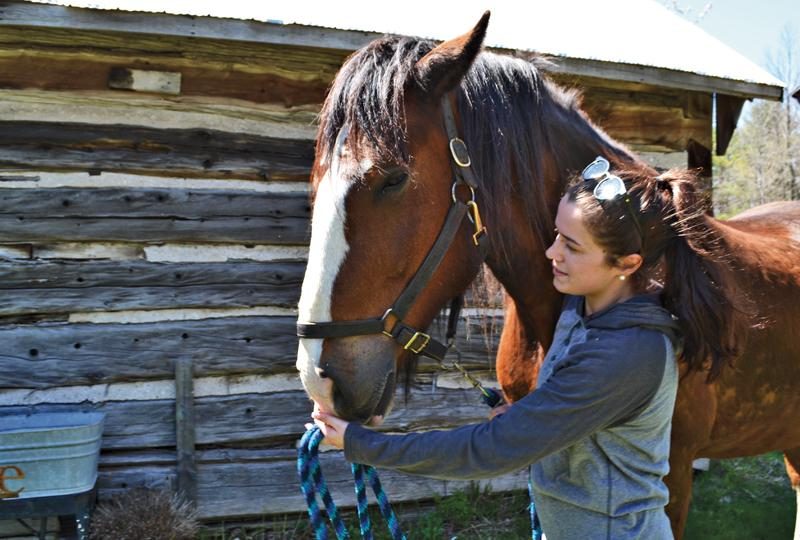
aging – Physical activity makes a difference
Did you know, according to the 2019 participACTION Report Card on Physical Activity for Adults, three of the biggest positive effects physical activity can have on Canadians’ lives as we enter our 60s, 70s and 80s: increased mobility, independence and cognitive wellness.
There is no question, as we age, our bodies take a hit. According to the participACTION study: along with “slowed reaction time, there is decreased muscle and bone strength, which directly reduces balance.”
Dr. Greg Wells, a performance physiologist and a senior associate scientist at Sick Kids Hospital in Toronto, says keeping the body limber as one age can only reap dividends. And it doesn’t mean you have to go to the gym. “Exercise, whether it’s going for a walk around your neighbourhood, raking leaves or even playing with your grandchildren etc., keeps your DNA young. We have caps at the end of our DNA called telomeres, which are like aglets at the end of a shoelace. The length and strength of these telomeres increase and are maintained in people who exercise consistently. So, a 55-year-old runner has telomeres that are the same length as a 25-year-old, proof that regular exercise protects our DNA.”
Most importantly, Wells wants people to know: “15 minutes of walking every day is enough to decrease risk from breast cancer and colon cancer by 24–40%. It doesn’t have to be hard exercise, and it doesn’t have to be very long – just 15 minutes a day will have tremendous gains over time.”
The good news: we can rewire our bodies and minds by being active. “It’s simple, we just need to move every day. The fact is 85% of our population doesn’t get enough physical activity to prevent a chronic disease. You don’t need to worry about hitting heart rate targets – you simply have to move.”
Being active means building stamina. As we age, stamina can help us perform daily tasks such as walking up a set of stairs, grocery shopping and performing household chores. The key is regularity.
Wells also points out that cardiovascular type exercises, including a brisk walk, cycling, or a yoga class, help make our heart, lungs, and blood better but don’t forget resistance training. Whether you’re carrying your groceries, gardening, clearing your walkway from snow, anything that will put stress on our muscles or bones that’s specifically challenging our muscular-skeletal system is helpful.
“We traditionally think that aging is when our muscles get smaller, bones get weaker, and our brains stop working as well as they did when we were younger. However, a lot of research suggests these are not really a symptom of aging so much as a result of physical inactivity. So, what we think of aging is really a disease of being less active or not active enough.”
We’ve heard it before – use it or lose it. When it comes to slowing the aging process, Wells, says the way we age is in our control.







